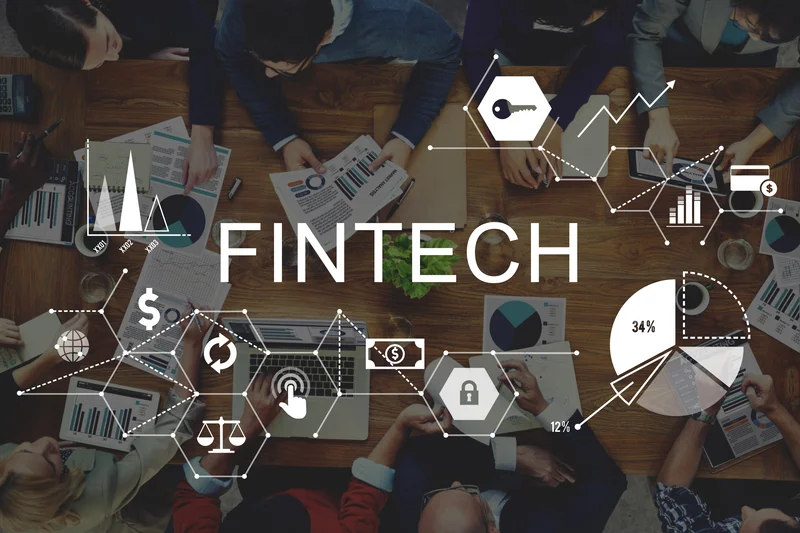At the most fundamental level, supply chain management (SCM) is management of the flow of goods, data, and finances related to a product or service, from the procurement of raw materials to the delivery of the product at its final destination. The ultimate goal of supply chain management systems is to efficiently manage the flow of information, materials, and funds across the entire supply chain, thereby reducing the cost of the supply chain while bringing a firm’s products from concept to market. Generally, packages include finance, human resource, logistics and manufacturing, supply chain management, and customer relationship management. With ERP integration, companies can gain a unified view of information from different systems, increase business process efficiency, improve customer experiences, and facilitate collaboration across teams and business partners. Understanding the importance of SCM to its business, Walgreens Boots Alliance Inc. decided to transform its supply chain by investing in technology to streamline the entire process. For several years the company has been investing and revamping its supply chain management process.
At the heart of the supply chain management process, the company transforms raw materials by using machinery, labor, or other external forces to make something new. This final product is the ultimate goal of the manufacturing process, though it is not the final stage of supply chain management. Typically, SCM attempts to centrally control or link the production, shipment, and distribution of a product. By managing the supply chain, 3 types of enterprise systems companies can cut excess costs and deliver products to the consumer faster. This is done by keeping tighter control of internal inventories, internal production, distribution, sales, and the inventories of company vendors. Rather than waiting until a part malfunctions or a customer calls with a complaint, companies can now leverage smart tools to identify and correct issues with a product or service before they even occur.
Access new technologies
For example, many factories in low-cost manufacturing hubs in Southeast Asian countries such as Vietnam, Indonesia, and Malaysia shut down or slowed production, hitting global companies hard financially. Supply chain management keeps the mechanisms of supply and demand operating smoothly so that people have access to goods and services. From sustenance and shelter to the way we work and entertain ourselves, a well-oiled supply chain is critical for maintaining economic stability and a functioning society. To get the best results from SCM, the process usually begins with planning to match supply with customer and manufacturing demands. This relates to raw materials needed during each stage of manufacturing, equipment capacity and limitations, and staffing needs along the SCM process. Large entities often rely on ERP system modules to aggregate information and compile plans.
These core constructs are then interconnected with business processes driven by workflows across business departments (e.g. finance, human resources, engineering, marketing, and operations), connecting systems and the people who use them. Simply put, ERP is the vehicle for integrating people, processes, and technologies across a modern enterprise. Enterprise resource planning (ERP) refers to a type of software that organizations use to manage day-to-day business activities such as accounting, procurement, project management, risk management and compliance, and supply chain operations. A complete ERP suite also includes enterprise performance management, software that helps plan, budget, predict, and report on an organization’s financial results. As businesses scale, small and outdated management systems cannot handle the increasing amount of data to process, resulting in errors and reduced efficiency.
Looking Ahead to the Future of SCM
It implemented a system that integrated its thousands of applications, standardized processes, and restructured warehouse management systems—breaking down silos for seamless, integrated coordination of work. It seems to reason that there would be a wide range of types of enterprise systems, given the vast number of distinct businesses, governments, and educational establishments in existence. It is https://www.globalcloudteam.com/ certain, however, that all such programs improve business productivity to the fullest extent possible. According to Gartner, one of the core digital business accelerators is to “banish drags” – in other words, eliminate any negative force that slows the business down, including outdated processes and systems. So, it’s not surprising that companies are already demanding more robust ERP systems.
When considering why supply chain management is important, it’s worth noting the potential repercussions of an ineffective supply chain. For example, a lack of raw materials can result in a manufacturer not having the resources to create a product that is in high demand. Supply chain management has five key elements—planning, sourcing raw materials, manufacturing, delivery, and returns. The planning phase refers to developing an overall strategy for the supply chain, while the other four elements specialize in the key requirements for executing that plan.
Cloud ERP—A new ERP delivery model
This ensures that everyone has visibility into the product or service as it moves along the production chain. By gaining better oversight into these processes, companies benefit from SCM systems as they can expedite delivery, improve the customer experience and achieve supply chain cost reduction. Successful SCM requires a change from managing individual functions to integrating activities into key supply-chain processes. In an example scenario, a purchasing department places orders as its requirements become known. The marketing department, responding to customer demand, communicates with several distributors and retailers as it attempts to determine ways to satisfy this demand. Information shared between supply-chain partners can only be fully leveraged through business process integration, e.g., using electronic data interchange.

True cloud ERP software is developed specifically for cloud deployment and takes full advantage of the cloud environment. This requires careful planning of your ERP upgrade, as well as an ERP evaluation and review of your deployment options. In the short span of the 21st century, faster Internet speeds and new development tools have again revolutionized ERP suites. The introduction of browser-based software paved the way for cloud ERP software, a breakthrough that has expanded both the reach and the functionality of ERP solutions.
ERP history: The rapid evolution of ERP
During the manufacturing process, a firm must be mindful of waste or other controllable factors that may cause deviations from original plans. For example, if a company is using more raw materials than planned and sourced for due to a lack of employee training, the firm must rectify the issue or revisit the earlier stages in SCM. Each type of enterprise software solution focuses on specific goals and offers different functionalities. When deciding on which type of information system to choose, make sure it complies with strategic planning and major goals of your business. Business intelligence apps are aimed at data analysis and the provision of accurate information for effective decision-making. This practice helps companies reduce expenses, learn what works best, and reveal the actions that should be replaced or eliminated.

They automate the flow of information between a company and its supply chain partners to optimize the sourcing and procurement, manufacturing, and delivery of products or services. The concept of supply chain management is not new but it has become increasingly important for the last few years. With the shifting of business focus from manufacturing to customer value, companies are not much concerned about manufacturing costs or producing high-quality products.
What Is Supply Chain Management?
No company that continues to rely purely with on-premises technology will be able to recruit top talent, regardless of age. The Smith Difference is designed to bring your career goals within reach with our personalized resources and quality education. Prices for meat, poultry, fish, and eggs went up 10.5% for the year ending in September 2021, according to data from the U.S. Download it now to learn what kind of advanced functionality is available in the market today.
- As we prepare to enter a new year, companies are looking ahead at what’s on the horizon for their supply chain.
- Maryia is an avid technology enthusiast who constantly follows the developments in the industry and enjoys shedding light on the hottest IT topics.
- At the center of these networks are consumers expecting their orders to be fulfilled―when they want them, the way they want them.
- ERP applications also allow the different departments to communicate and share information more easily with the rest of the company.
- Information shared between supply-chain partners can only be fully leveraged through business process integration, e.g., using electronic data interchange.
- For example, marketing staff can use the information from the sales about the most frequent client’s needs, and the sales specialists can benefit from the marketers’ database.
One way to further improve on this process is to analyze the data from supply chain partners to see where further improvements can be made. Plan and manage all resources required to meet customer demand for a company’s product or service. When the supply chain is established, determine metrics to measure whether the supply chain is efficient, effective, delivers value to customers and meets company goals. ERP applications can help a corporation become more self-aware by linking information about production, finance, distribution, and human resources together. Because it connects different technologies used by each part of a business, an ERP application can eliminate costly duplicates and incompatible technology.
Cloud ERP
These programs automate operations in different types of organizations, governmental bodies, civil societies, and other groups. Enterprise software systems are computer programs used by organizations to streamline their internal and external processes, data, reports and analytics flows. It’s always been important for companies to have real-time access to their supply chain.